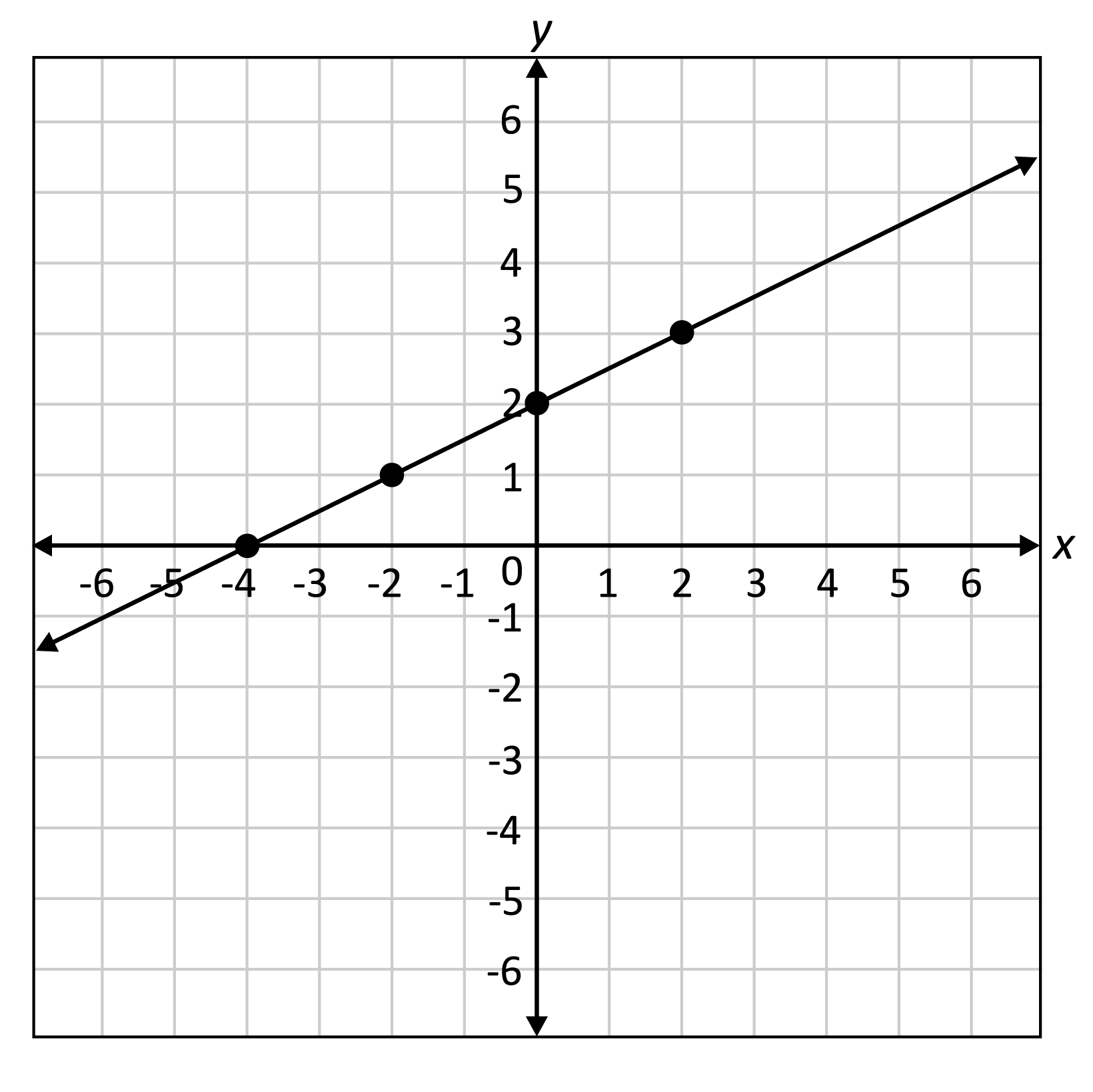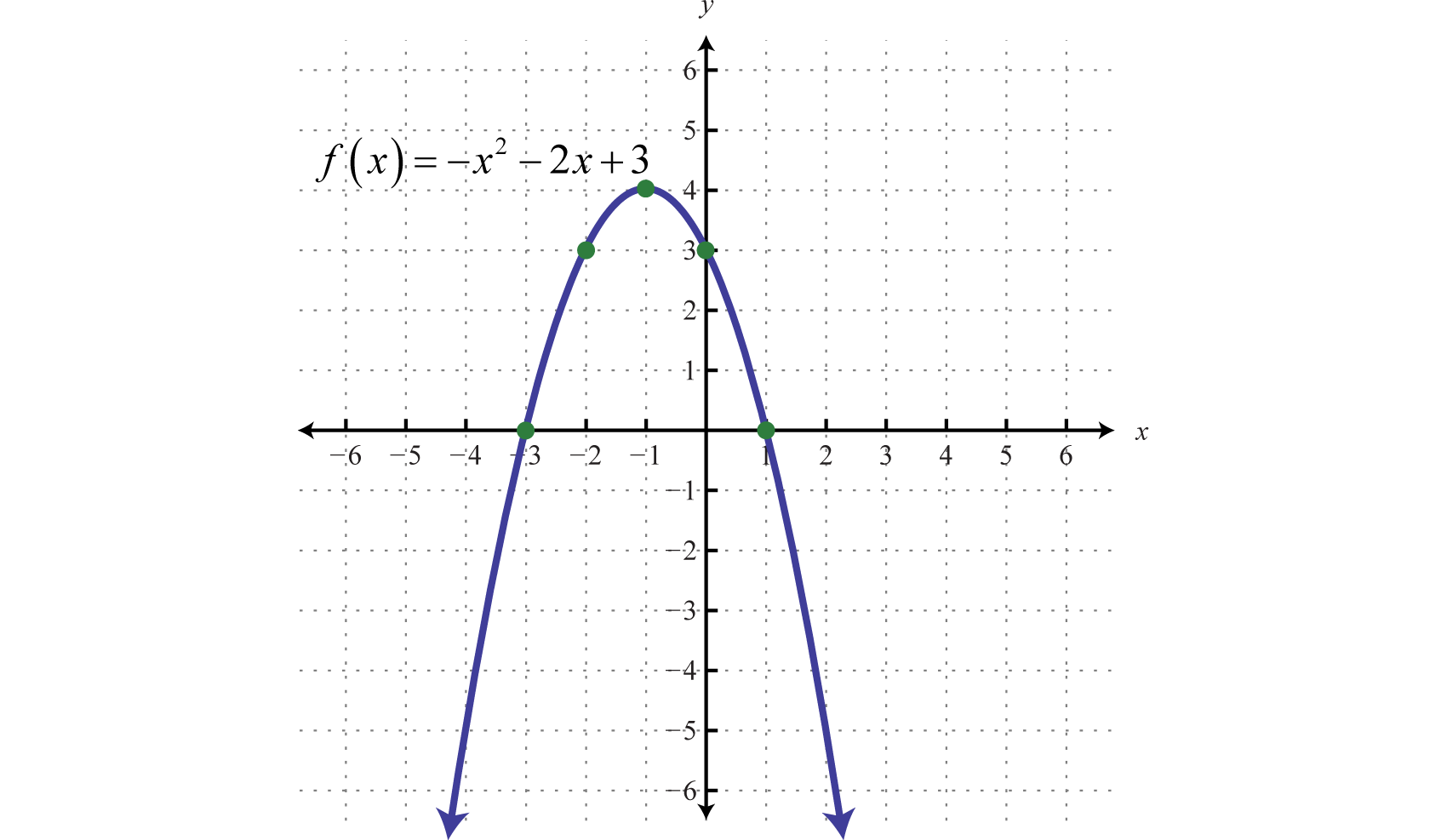This week I learned how to estimate the number value of two radicals (an expression containing a square root) that may not be a perfect square, perfect cube, or perfect fourts. In previous learning, evaluating square roots was exclusivly evaluating perfect squares such as  which as we know is equal to 5, because
which as we know is equal to 5, because  in other terms is symplifying 5 to the power of it’s self. This week in math I was introduced to evaluating perfect cubes, such as
in other terms is symplifying 5 to the power of it’s self. This week in math I was introduced to evaluating perfect cubes, such as ![\sqrt[3]{27} \sqrt[3]{27}](https://s0.wp.com/latex.php?latex=%5Csqrt%5B3%5D%7B27%7D&bg=ffffff&fg=000000&s=0) which is equal to 3, because the cube root of 27 is the number which when multiplied by itself three times gives the product as 27, since 27 can be expressed as 3 × 3 × 3. Therefore, the cube root of 27 = ∛(3 × 3 × 3) = 3. We have also looked at perfect fourths such as
which is equal to 3, because the cube root of 27 is the number which when multiplied by itself three times gives the product as 27, since 27 can be expressed as 3 × 3 × 3. Therefore, the cube root of 27 = ∛(3 × 3 × 3) = 3. We have also looked at perfect fourths such as ![\sqrt[4]{16} \sqrt[4]{16}](https://s0.wp.com/latex.php?latex=%5Csqrt%5B4%5D%7B16%7D&bg=ffffff&fg=000000&s=0) which is equal to 2 (
which is equal to 2 (  ). But what happens when you need to estimate the value of a radical that is not a perfect square, cube, or even fourth?
). But what happens when you need to estimate the value of a radical that is not a perfect square, cube, or even fourth?
These are the steps to go about it…
In the first example I am evaluating the cube root of 20, which is not a perfect cube. Therefore, the next best way to evaluate this cube root is to estimate it’s value to the nearest tenth, using what knowledge we have about perfect cubes. This is a crutial skill to have, as throughout pre calculus 11, evaluating radicals without a calculator is a re-occuring concept. Furthermore, I chose estimating the value of radicals as my subject for this week’s post because in the past I have struggled with understanding radicals as well as making mathematical estimations; however, I feel more comfortable now due to the homework we completed in class.

Further explanations of the steps from example 1.
Step 1- After memorizing the first 10 perfect cubes, I was able to recognize that 20 is not a perfect cube, and I must find the two perfect cubes 20 falls between in order to make an estimation on it’s value.
Step 2- I made the connection that 20 falls in between the two perfect cubes 8 and 27.
Step 3- I calculated the difference between 20 and 8 and 27 and 20. The cube root of 27 was closest to 20 which would mean my value has to be closer to ![\sqrt[3]{27} \sqrt[3]{27}](https://s0.wp.com/latex.php?latex=%5Csqrt%5B3%5D%7B27%7D&bg=ffffff&fg=000000&s=0) , which after evaluating we know that
, which after evaluating we know that ![\sqrt[3]{27} \sqrt[3]{27}](https://s0.wp.com/latex.php?latex=%5Csqrt%5B3%5D%7B27%7D&bg=ffffff&fg=000000&s=0) = 3, and
= 3, and ![\sqrt[3]{8} \sqrt[3]{8}](https://s0.wp.com/latex.php?latex=%5Csqrt%5B3%5D%7B8%7D&bg=ffffff&fg=000000&s=0) = 2, in other terms
= 2, in other terms ![\sqrt[3]{20} \sqrt[3]{20}](https://s0.wp.com/latex.php?latex=%5Csqrt%5B3%5D%7B20%7D&bg=ffffff&fg=000000&s=0) falls between 2 and 3 but is closer to 3.
falls between 2 and 3 but is closer to 3.
Step 4. I know that my value is closer to 3 but cannot surpass it, so my educated estimate would be ![\sqrt[3]{20} \sqrt[3]{20}](https://s0.wp.com/latex.php?latex=%5Csqrt%5B3%5D%7B20%7D&bg=ffffff&fg=000000&s=0) ≈ 2.7
≈ 2.7
Example 2.

Further explinations of example 2
In this example I chose a value that was a bit larger, the square root of 116. I chose this value because usually larger numbers tend to intimidate people, including myself but the steps in evaluating this square root are actually quite simple.
Step 1- I recognized that  is not a perfect square, as 116 cannot be expressed as the product of two equal integers.
is not a perfect square, as 116 cannot be expressed as the product of two equal integers.
Step 2- I know that in order to estimate the value of  I need to find the two perfect squares that it falls between, which as we know are 100 (
I need to find the two perfect squares that it falls between, which as we know are 100 (  ) and 121(
) and 121(  ).
).
Step 3- Calculate the difference between 116 and 100 and 121 and 116. You will find that 116 is closer to 121. We now need to evaluate  = 10 and
= 10 and  = 11. This means my value must fall between 10 and 11 but is closer to 11.
= 11. This means my value must fall between 10 and 11 but is closer to 11.
Step 4- I estimated my value to the nearest 10th and because the value is closer to 11, but cannot surpass it, my educated estimate is  ≈ 10.8
≈ 10.8
Example 3.

Further explinations of example 3.
Step 1- Recognize that ![\sqrt[4]{79} \sqrt[4]{79}](https://s0.wp.com/latex.php?latex=%5Csqrt%5B4%5D%7B79%7D&bg=ffffff&fg=000000&s=0) is not a perfect fourth, it is not a number that is equal to being multiplied by itself four times. How do you know this? It takes a bit of memorization if you choose to do so; however, the perfect fourths can be learned by continuing the multlipication of perfect squares and cubes: (i.e.
is not a perfect fourth, it is not a number that is equal to being multiplied by itself four times. How do you know this? It takes a bit of memorization if you choose to do so; however, the perfect fourths can be learned by continuing the multlipication of perfect squares and cubes: (i.e.  = 4 which is the perfect square, multiply 2 to the power of 3 for the perfect cube:
= 4 which is the perfect square, multiply 2 to the power of 3 for the perfect cube:  = 8 and
= 8 and  = 16 which is the perfect fourth.
= 16 which is the perfect fourth.
Step 2- After listing out the first few perfect fourths, I saw that 79 must fall in between ![\sqrt[4]{16} \sqrt[4]{16}](https://s0.wp.com/latex.php?latex=%5Csqrt%5B4%5D%7B16%7D&bg=ffffff&fg=000000&s=0) and
and ![\sqrt[4]{81} \sqrt[4]{81}](https://s0.wp.com/latex.php?latex=%5Csqrt%5B4%5D%7B81%7D&bg=ffffff&fg=000000&s=0) . After finding our two perfect fourths, we must evaluate
. After finding our two perfect fourths, we must evaluate ![\sqrt[4]{16} \sqrt[4]{16}](https://s0.wp.com/latex.php?latex=%5Csqrt%5B4%5D%7B16%7D&bg=ffffff&fg=000000&s=0) = 2 and
= 2 and ![\sqrt[4]{81} \sqrt[4]{81}](https://s0.wp.com/latex.php?latex=%5Csqrt%5B4%5D%7B81%7D&bg=ffffff&fg=000000&s=0) = 3.
= 3.
Step 3- I calculated the difference between 79 and 16 and 81 and 79; 79-16 = 63 and 81-79 = 2. We have now indicated that ![\sqrt[4]{79} \sqrt[4]{79}](https://s0.wp.com/latex.php?latex=%5Csqrt%5B4%5D%7B79%7D&bg=ffffff&fg=000000&s=0) is significantly closer to the value of 3, but cannot surpass it.
is significantly closer to the value of 3, but cannot surpass it.
Step 4- Educated estimate! ![\sqrt[4]{79} \sqrt[4]{79}](https://s0.wp.com/latex.php?latex=%5Csqrt%5B4%5D%7B79%7D&bg=ffffff&fg=000000&s=0) ≈ 2.9
≈ 2.9
Glossary
Perfect cube: a number that is multiplied by itself three times
Perfect fourth: a number that is multiplied by itself four times
Perfect square: the product of a rational number multiplied by itself
Power: (aka an exponent) is a number that states how many times you need to multiply the number by itself
Radical: The √ symbol that is used to denote square root or nth roots, it consists of the root symbol, the radicand (number within the root symbol) and when dealing with anything greater than perfect squares, an index which is a small number on the left of the square root tells us how many times a term has been multiplied by itself.
Square root: a number which produces a specified quantity when multiplied by itself























